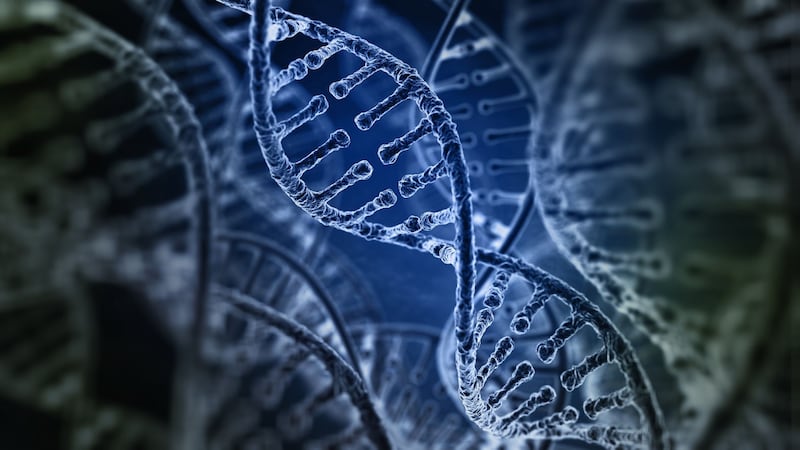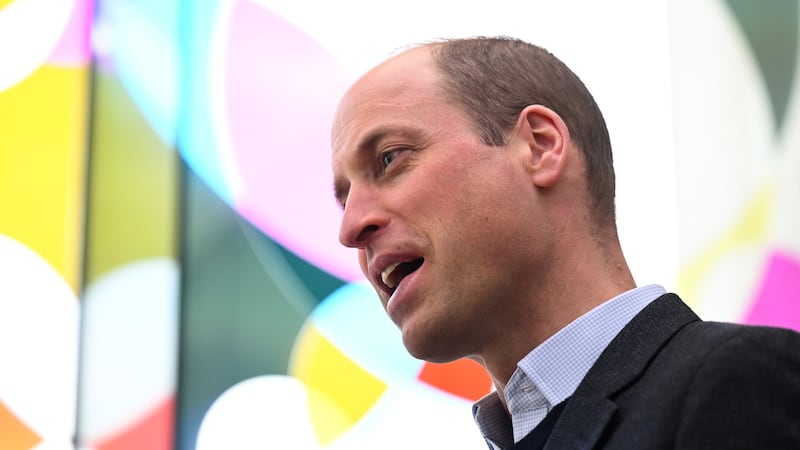On this day in 1953, British molecular biologists James Watson and Francis Crick discovered the chemical structure of the DNA molecule which we now know today as the double helix.
World DNA Day is celebrated on April 25 to commemorate the achievements of the two British scientists.
DNA, which is short for Deoxyribonucleic Acid, contains the genetic instructions for the development and functioning of a living being – and here are a few things you may want to know about this key ingredient of life in your body.
1. Around 5-8% of your DNA isn’t human – it’s viral DNA. Scientists believe we carry about 100,000 pieces of DNA from retroviruses that have accumulated over the course of human evolution.
2. We share 96% of our DNA with primates such as chimpanzees, gorillas and orangutans. But we are also genetically related to bananas – with whom we share 50% of our DNA – and slugs – with whom we share 70% of our DNA.
3. Around 99.9% of the DNA in all humans is identical. It is the tiny 0.1% difference that allows us to be individuals with different skin, hair and eye colour. Scientists also believe that the remaining 0.1% holds important clues about the causes of diseases.
4. Humans have approximately 10 trillion cells. If we unravelled our entire DNA, it would stretch six billion miles – which would be the same as travelling from the Earth to the sun 65 times.
5. Although rare, it is possible for a person to have two completely different DNA profiles – a phenomenon known as chimera. It can happen during a normal pregnancy – where the mother retains some of her baby’s DNA – or when a foetus absorbs its twin. A person can also be a chimera if they undergo a bone marrow transplant where the donor’s bone marrow continues making blood cells that have the donor’s DNA.
6. Almost all the cells in our body have DNA, the exception being red blood cells. However, all red blood cells start with DNA – they simply destroy their nucleus once it is no longer needed as part of the maturation process.
7. Human beings have 20,000 to 25,000 genes but they account for only about 3% of our DNA. Scientists are not sure about the function of the remaining 97%, although they think it may have something to do with controlling the genes.
8. The human genome contains three billion base pairs of DNA. It is estimated that if you type eight hours a day at 60 words per minute, it would take approximately 50 years to type the human genome.
9. Unlike the octopus, we can’t naturally edit our own genes. But scientists have developed a complex protein-based tool called CRISPR-Cas9 which has been used to successfully alter DNA in defective embryos to prevent inherited diseases.
10. We all know about the double helix structure, but scientists have recently discovered another form of DNA in living human cells. It’s called i-motif and has been described as “a four-stranded knot of DNA”.
11. Identical twins share the same genetic code. But as they grow, environmental and lifestyle factors play a key role in gene expression – meaning they can develop subtle differences while still looking strikingly the same. In 2015, scientists developed a DNA test that is able to pick up on these differences.
12. While you won’t become Wolverine, there are many things which can cause genetic mutations – a permanent alteration in the DNA sequence that makes up a gene. These include UV radiation from the sun, chemicals such as drugs and even viral infections.
13. There is an Immortality Drive aboard the International Space Station that contains the DNA of prominent people. It was taken there on a Soyuz spacecraft in 2008 and contains fully digitised DNA sequences of physicist Stephen Hawking, talk show host Stephen Colbert, Playboy model Jo Garcia, game designer Richard Garriott, novelists Tracy Hickman and Laura Hickman, wrestler Matt Morgan and former athlete Lance Armstrong.
14. April 25 is also the 15th anniversary of the The Human Genome Project – where the human genome was sequenced for the first time. Thanks to the project, we now know that our genome contains around three billion A, C, G and T bases – the molecules that help make up the DNA code. The biggest known human gene – dystrophin – is made up of around 2.4 million bases. We also found out that chromosome 1 contains the most genes – 3,168, while the Y chromosome has the fewest – about 344.











